
There’s something strange going on at Harvard. An 11-year-old-boy is addressing the crowd – and he’s being taken very seriously. He speaks about complex math, and what he says wows folks many decades his senior. No, this is definitely no normal kid. But who is he? And given that he was smarter than Einstein, why don’t you know his name?
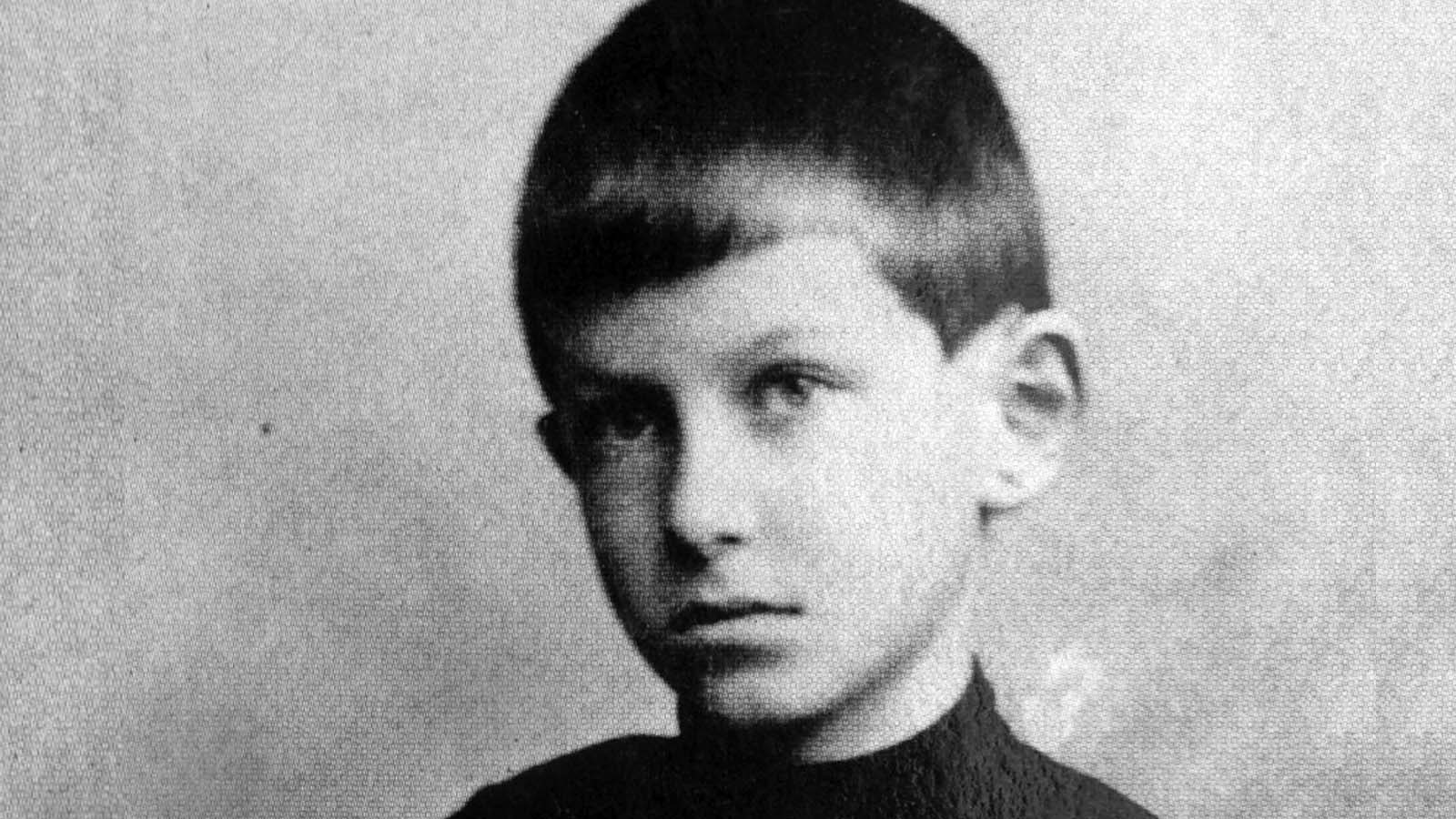
That boy was William Sidis – the son of a psychologist and a doctor. And for a while, it looked as if he would achieve true greatness. By the time he was eight, reports claim, he could speak multiple languages, including one of his own invention. It was in mathematics that he really excelled, though. Sidis even made history through his remarkable talent.
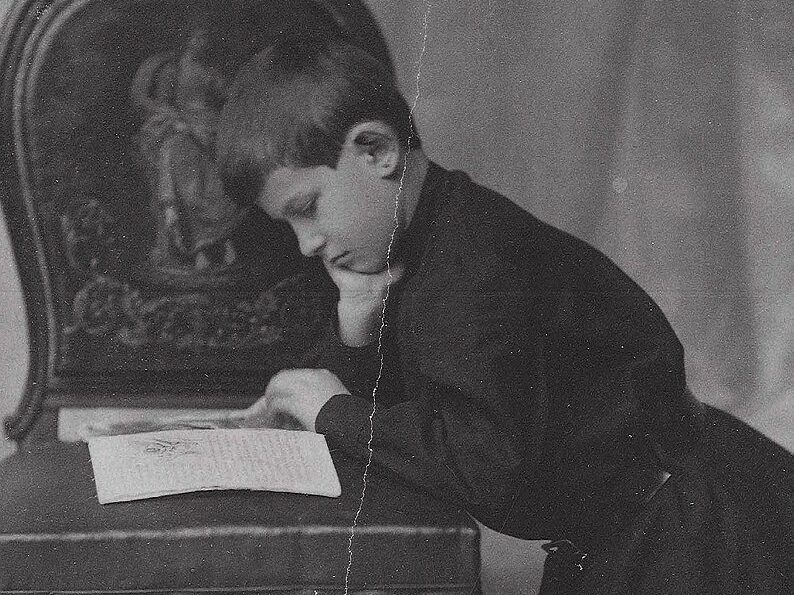
At just 11 years old, Sidis became the youngest person ever to enroll at Harvard University. Not just any college, but arguably the most prestigious of them all – quite an achievement. All the pieces were in place, then, for the child prodigy to grow into an incredible adult. But somewhere along the line, something went very wrong.

Although solid facts are hard to come by, many believe that Sidis had an IQ far above that of Albert Einstein’s. Surely, then, he was destined for big things? But a quick glance through any history book will confirm the strange truth: this genius never reached his full potential. And that has to make you ask: what happened?
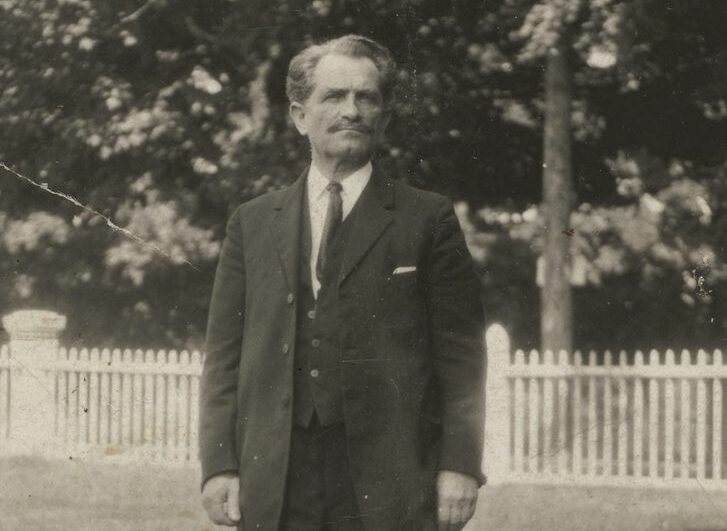
Sidis had plenty of support, after all – at least when he was a child. Born in 1898 in New York, he was the son of parents who had both fled persecution. His mother Sarah had escaped a series of religious purges in Russia during the 1880s, while his father Boris had run from politically motivated oppression to settle in the U.S. But despite – or perhaps because of – their turbulent backgrounds, the couple had big dreams for their young son.

“They believed that you could make a genius,” Amy Wallace, who wrote a biography of Sidis, said to NPR in 2011. So, Boris and Sarah set out to make their son a prodigy. And, apparently, while Sidis was still in the crib, he was already on his way to mastering the English language. That had to be good news for his parents.
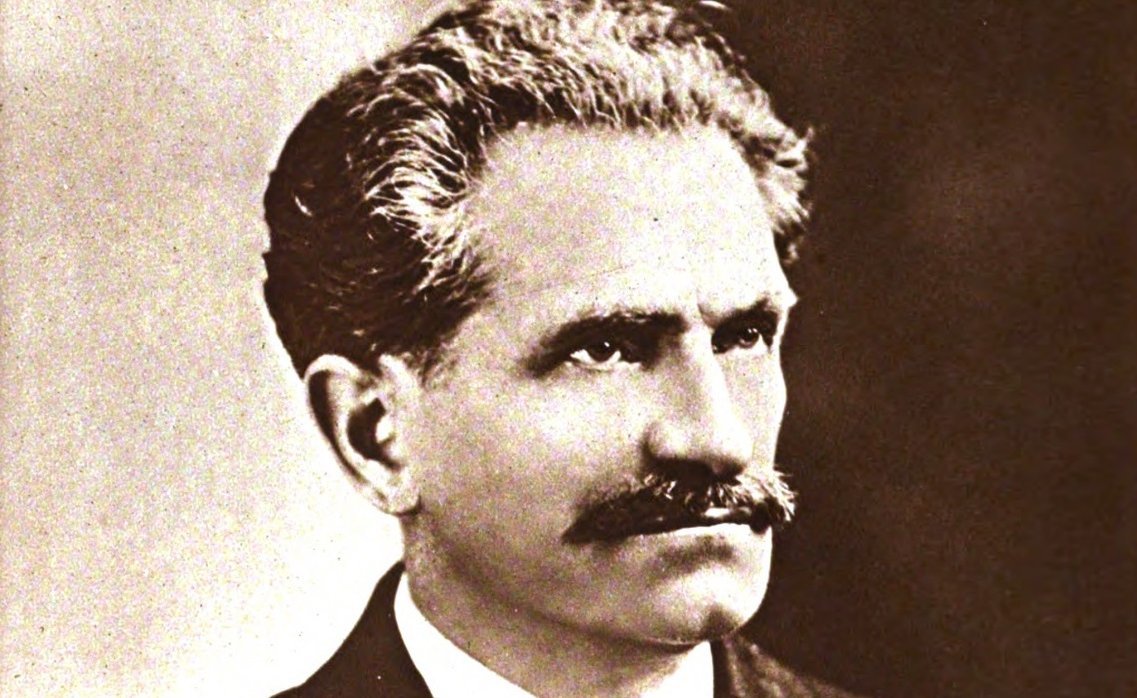
Boris believed that the first few years of a child’s development were the key. In his 1911 book Philistine and Genius, he wrote, “We can at that early period awaken a love of knowledge which will persist through life.” Now with a son of his own, he set out to test that theory. But did the little boy prove it?

Well, the early signs looked good. At the tender age of five, Sidis is said to have invented his own formula for calculating days of the week throughout history. According to The New York Times, he also wrote a textbook covering anatomy. The American education system? That posed little challenge to the boy genius.

Sidis took roughly six months to complete a program of study that was supposed to last for seven years. And like his father, who was a polyglot, the young boy proved particularly skilled in linguistics. By the time he was eight years old, he could allegedly speak a language for every year he had been alive. Truly incredible! It makes you wonder how we’ve never heard of him before...

Speaking to NPR, Wallace explained, “One thing that was very unusual about [Sidis] compared to other child prodigies [is that] very few prodigies have multiple abilities.” But the young boy appeared to buck this trend. He combined academic skill with a talent for poetry and political theory. And there was only one place, Boris thought, that would appreciate his son’s genius.
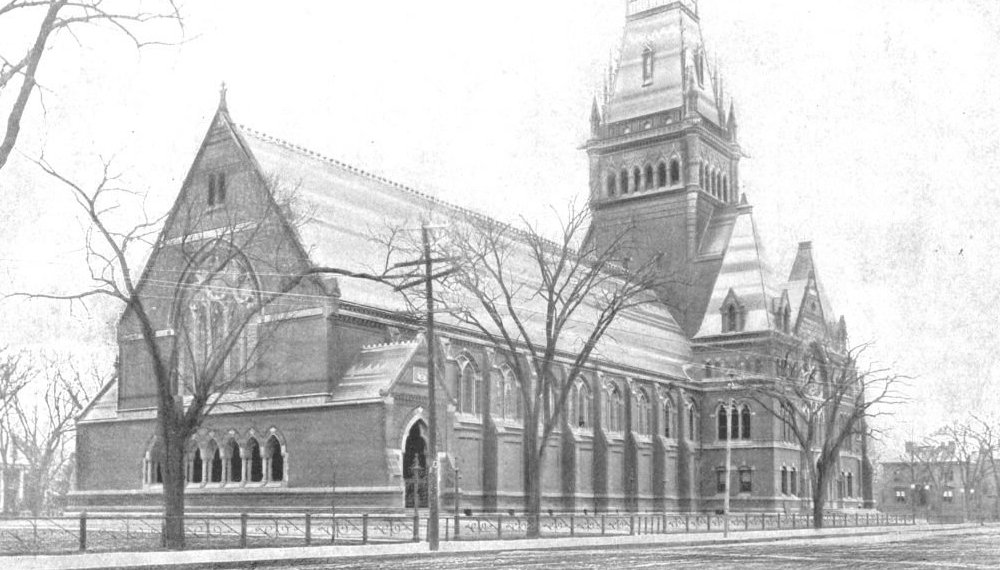
When Sidis was just nine years old, his father attempted to enroll him at Harvard University. Sensibly, though, the institution refused to admit him, suggesting that he did not have the emotional maturity to cope with the challenge. Had Boris taken that advice on board, this sad story might have ended a very different way.

Instead, Boris waited just two years before sending his son back to Harvard. And this time, he was successful. In 1909 Sidis became the youngest freshman the college had ever seen – a record he holds to this day. So why is his name not mentioned alongside other famous alumni?

After all, if reports are to be believed, Sidis had an astonishingly high IQ. According to some, it was as high as 300 – almost twice that of Albert Einstein. In his 1946 book Psychology for the Millions, Abraham Sperling wrote of Sidis, “His [IQ] score was the highest that had ever been obtained.” Surely, then, Sidis should be as famous as Einstein?
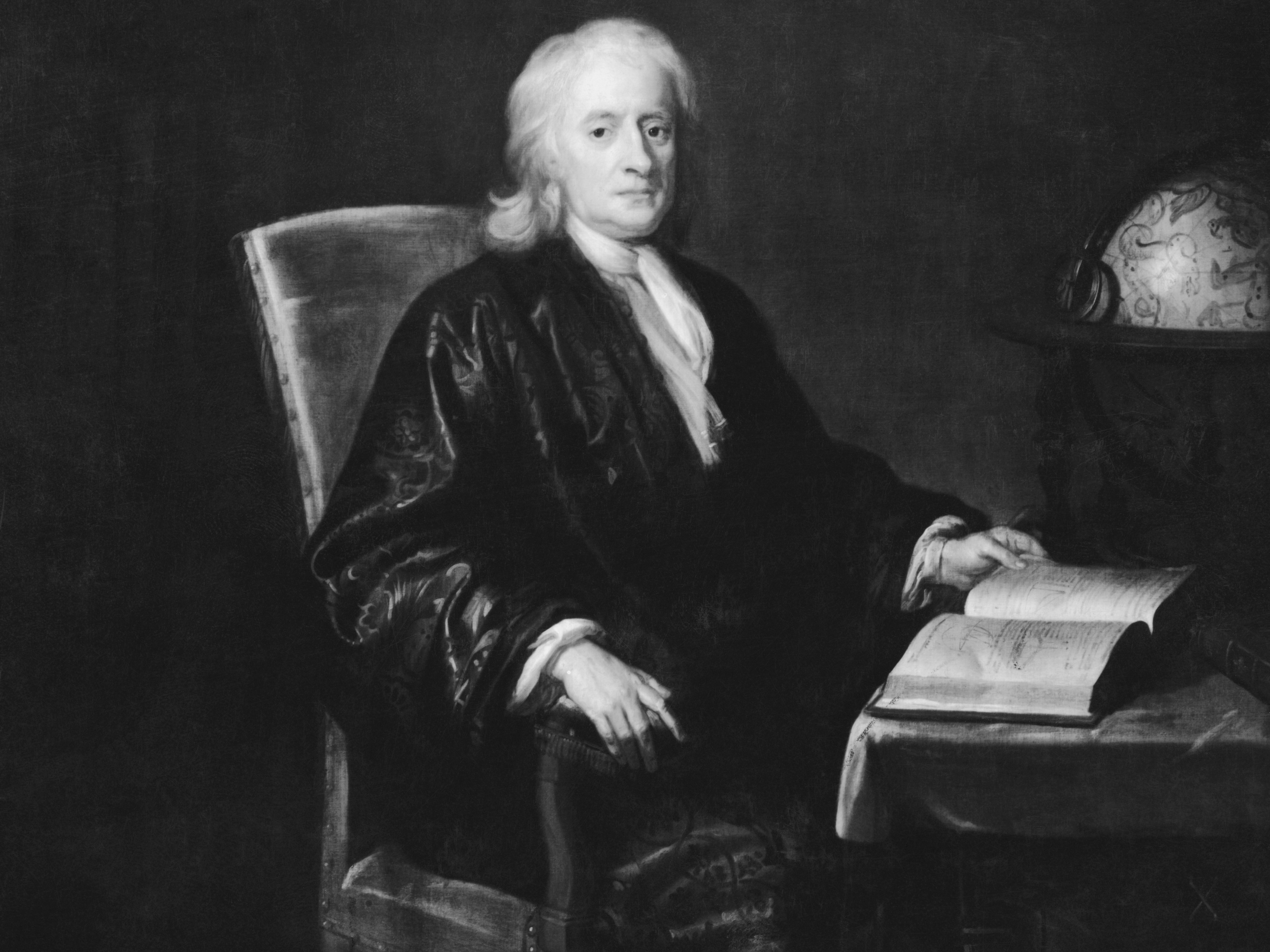
If Sidis’ IQ score is accurate, he would have been smarter than both Stephen Hawking and Isaac Newton. Reports from his early years at college certainly suggest he was on his way to becoming a great thinker. And in 1910 – at the age of just 11 – he delivered a lecture to the Harvard Mathematical Club.
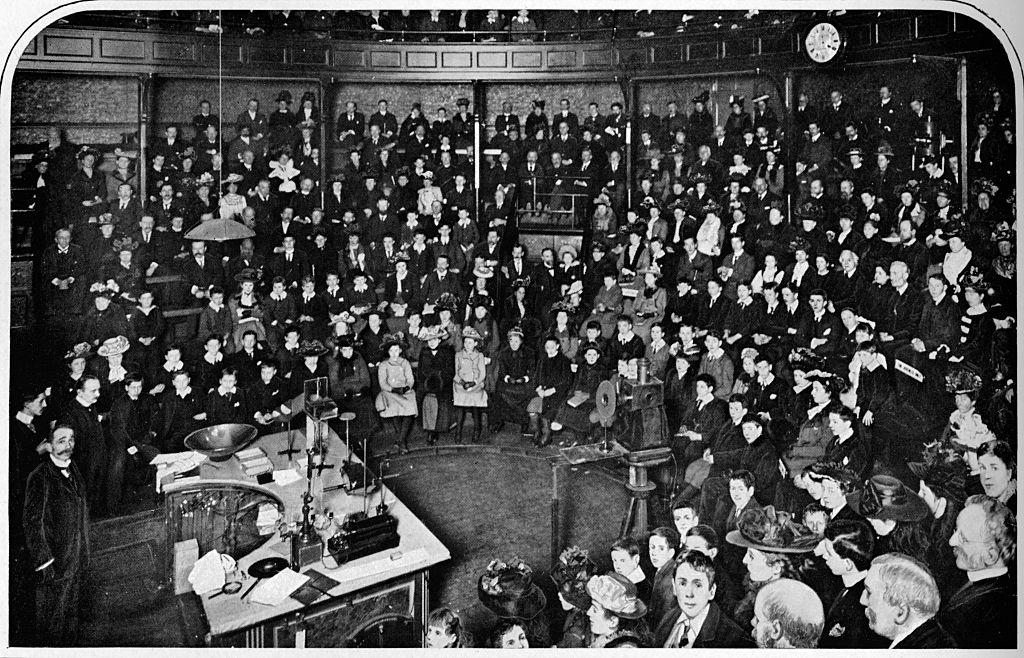
That day, Sidis stood up in front of a large group of advanced students and professors. He was there to speak about the highly technical mathematical concept of four-dimensional bodies. We’re as puzzled as you are! But not everyone was baffled by the complex topic. In the audience, you see, was a man who knew his stuff. He was Daniel Comstock – a physicist on the faculty at the Massachusetts Institute of Technology.

According to Wallace’s 1986 biography, Comstock was so impressed by the boy’s lecture that he made a bold prophecy about his future. He said, “I predict that young Sidis will be a great astronomical mathematician. He will evolve new theories and invent new ways of calculating astronomical phenomena. I believe he will be a great mathematician, the leader in that science in the future.” And Comstock knew what he was talking about. It’s weird, then, that he got it so wrong.

That a child of 11 could receive such praise was big news, of course, and soon the press had picked up on the story of Harvard’s boy genius. It was the start of a media obsession with Sidis that would continue off and on for the rest of his life. But although Sidis quickly became the darling of the newspapers, he wasn’t so beloved by his fellow students.

According to the history website American Heritage, the renowned architect Buckminster Fuller attended Harvard at the same time as Sidis. He said of the boy, “Most students considered him a freak. He was 16 when I knew him, but his parents still sent him to school dressed like a boy of 12. In those days a boy automatically put on long trousers when he was 14, but Willy Sidis still wore Little Lord Fauntleroy short pants and high-buttoned shoes.” Clearly, then, Sidis struggled to fit in.
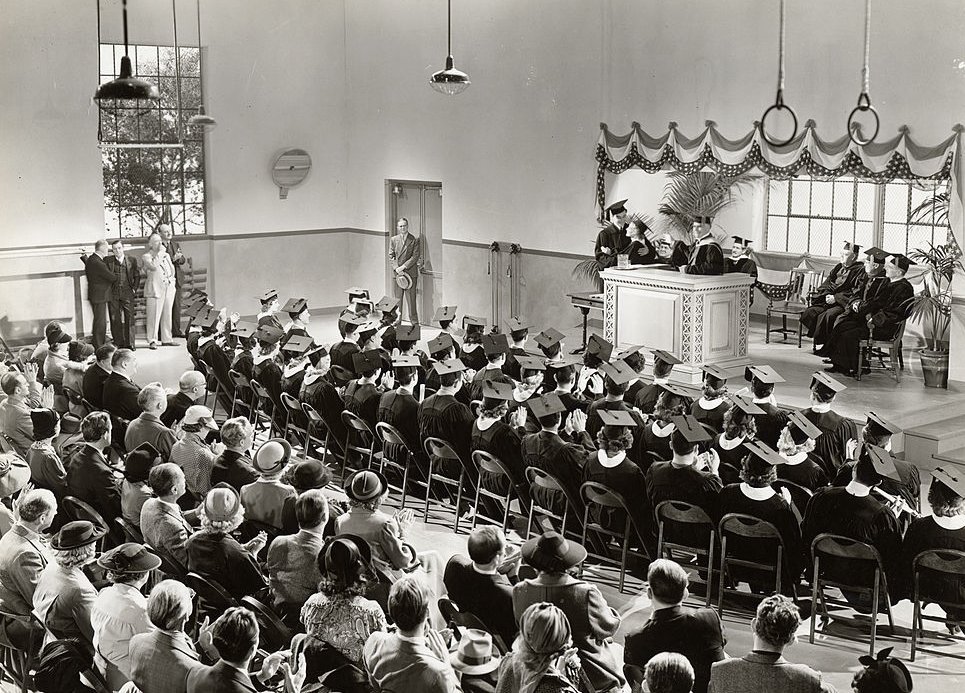
But despite this, Sidis’ fellow students still expected him to go on to do great things. You’ve got to ask, then: why did these achievements never materialize? Well, there’s an early clue to the genius’ sad fate. And it can be found in the bizarre speech he gave to reporters after graduating in 1914.

“I want to live the perfect life,” Sidis is reported to have said. So far, so fitting for a guy of his dazzling intellect. But then things got strange. He continued, “The only way to live the perfect life is to live it in seclusion. I have always hated crowds.” Was this promising young man ready to drop out of society before his career had even begun?

And the speech was not the only indicator that Sidis would be destined for an unusual life. By this point, reports claim, he had already sworn off women and marriage, claiming to dislike the entire idea. Was this perhaps a hangup left over from the suspicion of his fellow students at Harvard? And would it help explain why he later disappeared?
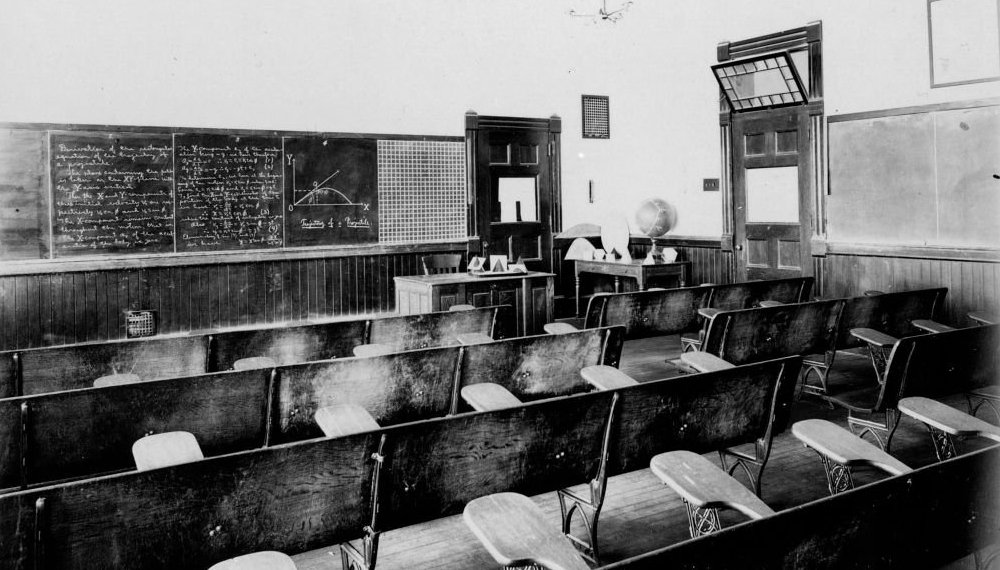
After graduation, Sidis’ academic career took a number of unexpected turns. Pursuing his doctorate in mathematics, he relocated to Rice University in Texas after allegedly receiving physical threats at Harvard. There, still aged just 17, he took up a position teaching trigonometry and geometry to much older students. And, perhaps unsurprisingly, this did not go well.

Yep, within a year Sidis had left the job and returned to Harvard, where he abandoned his doctorate and enrolled at law school instead. But even though the young man excelled there – just as he had everywhere else – he ultimately dropped out in 1919. Why, when things had looked so promising for the young genius, was he failing?

By that point, Sidis was taking a route in life that was markedly different from the one his father had mapped out. The same year he dropped out of law school, he was arrested for taking part in a socialist demonstration. Allegedly, he had been caught shouting, “To hell with the American flag.” Yikes.

Because of Sidis’ earlier fame, his brush with the law was covered extensively by the press. And during the trial, his personal beliefs and ideas were laid bare. Apparently, he claimed to be a pacifist and a socialist who supported the movement behind the Russian Revolution. In post-World War I America, this wasn’t exactly well-received.
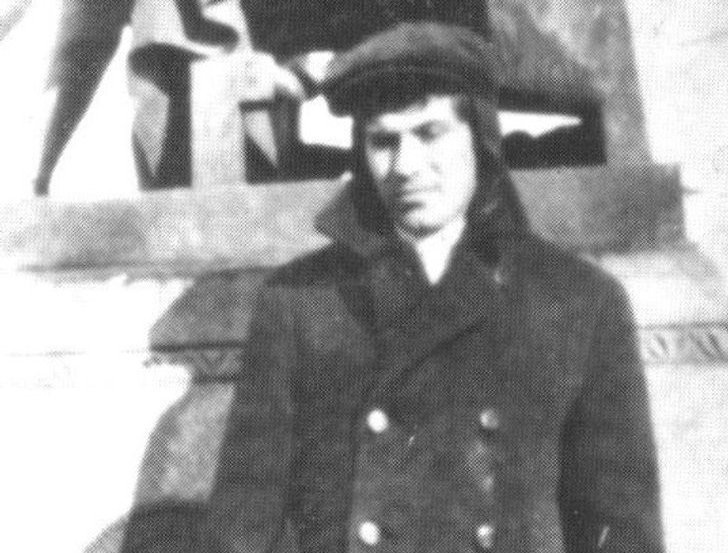
Once again, then, Boris stepped in to change the course of his son’s life. Initially sentenced to 18 months behind bars, Sidis was granted parole on the condition that he sought psychological help. But he wasn’t sent to an institution. Instead, the boy’s father took him to his own facility in New Hampshire. If Boris had hoped to set his son back on a more traditional path, though, his attempt went horribly awry.
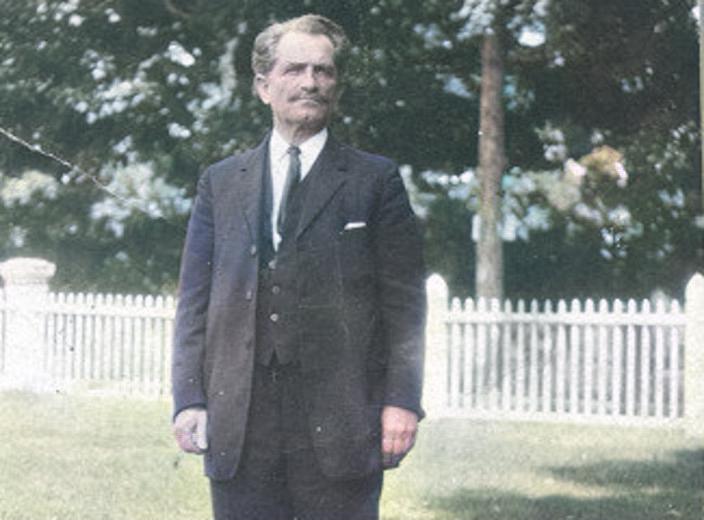
Apparently, Sidis later described his experience in his father’s sanatorium as “mental torture.” And when he was finally released in 1921, he seemed set on living a life free from the influence of his overbearing parents.
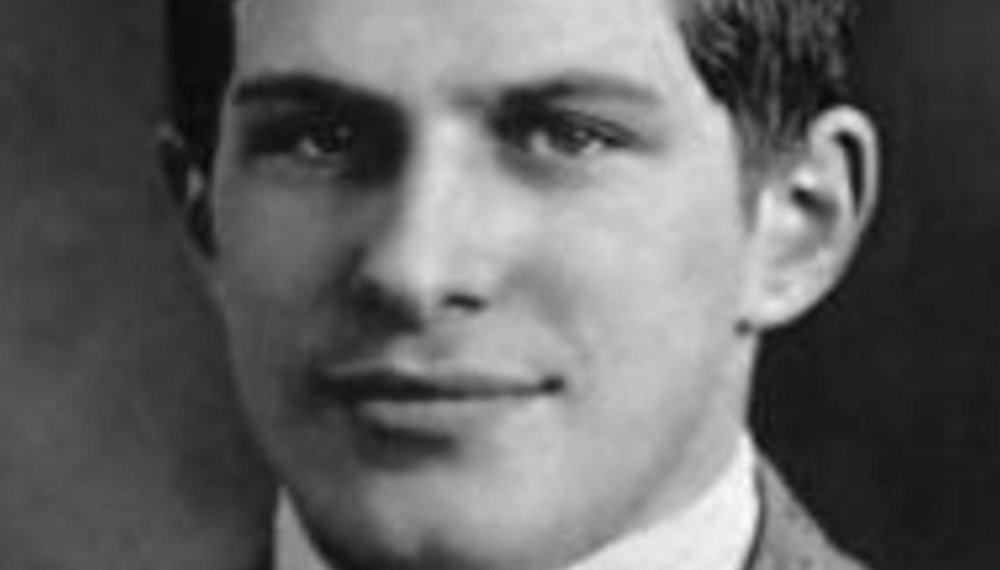
Sidis began actively pursuing a life of obscurity, free from the media attention that had dogged his early life. Dropping out of academia entirely, he took a succession of unskilled jobs in an attempt to stay under the radar. And for a while at least, it worked.

But Sidis’ precocious talent had been so promising – and his story so interesting – that the world just would not leave him alone. In 1924 a reporter tracked the young man to Wall Street in New York City, where he was working as an adding machine operator. He was making just $23 a week.
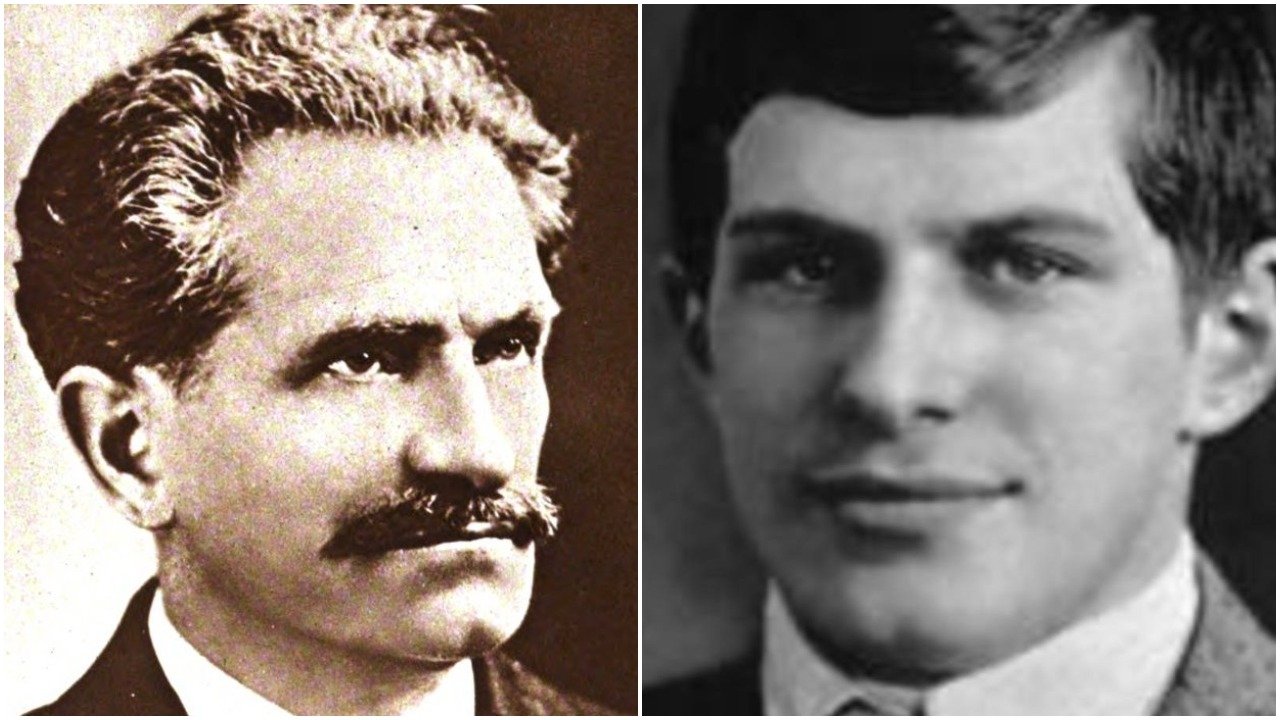
By this time, it seems, Sidis had distanced himself from the parents who had raised him in such a strange fashion. But although he craved anonymity, he could not forego academic life completely. In 1925 he published The Animate and the Inanimate – a theory about the cosmos and how biological life came to exist.

Despite its bold concepts, this work was largely ignored at the time. In fact, it was only rediscovered decades after Sidis’ death. Was this rejection the final straw that drove the genius even deeper into obscurity? Following this, you see, he began publishing his work under pseudonyms to hide his true identity.

Because of this, experts are unsure exactly how many texts Sidis wrote during his lifetime. But we do know of at least two works that have been attributed to his great mind. One, titled The Tribes and the States, claims to offer an alternative history of Native Americans. The other, surprisingly, is even stranger.

Published in 1925 under the pseudonym Frank Folupa, Notes on the Collection of Transfers focuses on one of Sidis’ more unusual obsessions: streetcars. Essentially, the text is a compilation of trivia and facts accompanied by poems and childish jokes. Hardly the sort of work you’d expect from a man once predicted to take the academic world by storm! But according to some, there are still a number of lost Sidis texts out there. Who knows what revelations they might contain?

While Sidis was alive, though, he continued to live in obscurity. Sometimes he would slip up and accidentally reveal his intelligence, but when that happened, he would simply move on before the spotlight could shine on him once more.
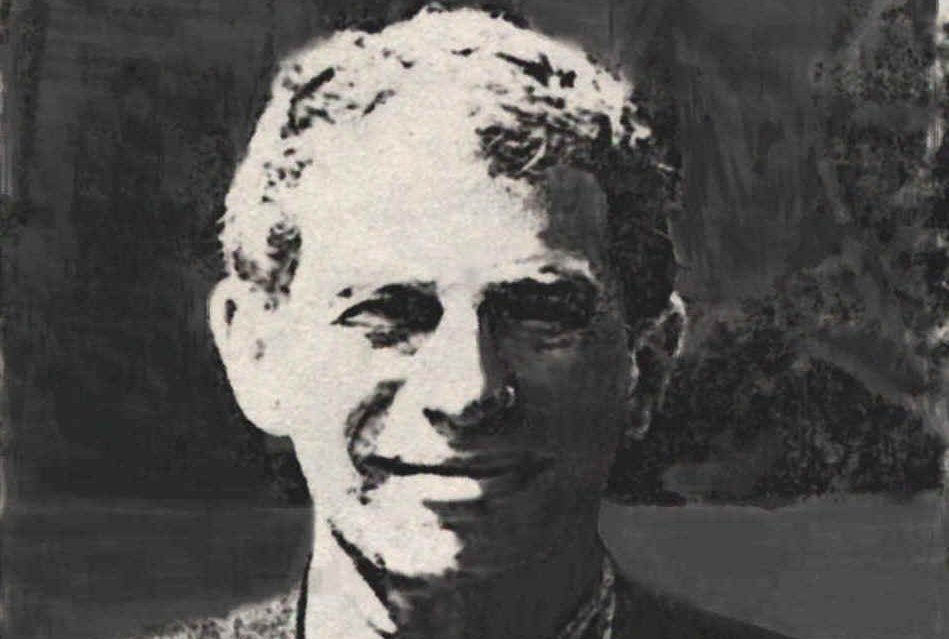
Then in 1937 an article appeared in The New Yorker. Apparently, a reporter had managed to befriend Sidis, who had allegedly confessed, “The very sight of a mathematical formula makes me physically ill.” And when asked about his failure to live up to various predictions, he wryly replied, “It’s strange, but, you know, I was born on April Fool’s Day.”

When the article came out, Sidis was unhappy with how he had been depicted – a sad, lonely man eking out a dull existence in Boston. That led him to sue the magazine for invasion of privacy. According to Wallace, the wayward genius complained that the piece had caused him “grievous mental anguish [and] humiliation.”

At the time, the court threw out the case, unable to protect an individual from the glare of the media spotlight. And yet again, Sidis found himself the center of attention – a place he never wanted to be. But despite his attempts to prove that he was no longer the genius his father had created, he remained in the public eye.

Eventually, in 1944 Sidis won his lawsuit against The New Yorker. By that time, he had returned to working menial jobs, including a position as a clerk at the State Department of Unemployment Compensation. Then, in July of that year he suffered a brain hemorrhage – the same tragic fate that had befallen his father two decades before.

Sadly, Sidis did not recover and died in Boston at the age of just 46. For someone who had shown such promise, it was a rather ordinary end. And even though the former boy genius may have had the highest IQ of all time, his name is barely uttered today. Ironically, in death, he has found the anonymity for which he had spent most of his short life searching.




